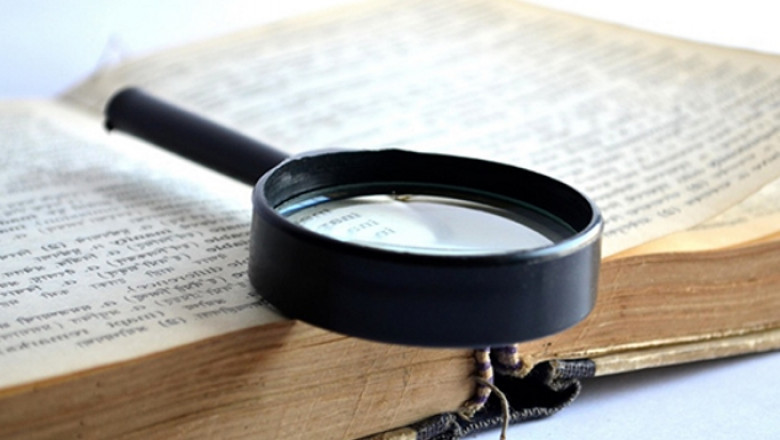views

The Mystery Genre and Its History
The mystery genre has become one of the most popular genres in the past few years. The thrill and anticipation that comes with a good “whodunit” novel is what keeps readers coming back for more!
So, what exactly is the mystery genre and how did it come to be?
Let’s take a look.
What Is the History of Mystery Novels?
Stories with elements of crime have been around for centuries. In Ancient Greece, Sophocles wrote about themes of infanticide, murder, exile, suicide, and death. Euripides wrote about themes of revenge and suffering, exposing the more human sides of the mythical gods.
Most critics and scholars credit Edgar Allan Poe with inventing the modern mystery. He published a short story called The Murders in the Rue Morgue in 1841 that featured Auguste C. Dupin, literature’s first fictional detective.
It was a groundbreaking moment that saw the creation of an entirely new literary genre. Dupin was the first well-known character in literature to work a case, gather clues, and solve a mystery!
Types of Mystery Stories
Even with the mystery genre, there are subgenres. These can be divided into four categories:
Detective novels:
These are crime novels that center around a detective (professional, amateur, or retired) investigating a crime or solving a murder case. Detective novels generally start with a mysterious incident or death and unfold as the detective follows leads, investigates suspects, and ultimately solves the case.
Sir Arthur Conan Doyle introduced the world to the famous Sherlock Holmes in 1887, when he first began writing the series of stories featuring the popular detective. Other well-known detective novelists include Agatha Christie, Raymond Chandler, Dashiell Hammett, and Sue Grafton.
2. Cozy mysteries:
These are detective novels that contain no sex, violence, or profanity. In order to solve a case, the detective in a cozy mystery often uses their intellect as opposed to police procedures.
The genre has some overlap with detective novels; for example, Agatha Christie is considered both a detective novelist and a cozy mystery novelist. Other well-known cozy mystery writers include Dorothy L. Sayers and Elizabeth Daly.
3. Police procedural:
These are mystery novels featuring a protagonist who is a member of the police force. Well-known police procedural novelists include Ed McBain, P. D. James, and Bartholomew Gill.
4. Caper stories:
These are mystery stories told from the point of view of the criminals rather than the detective trying to catch them. They take readers inside the crimes and heists, giving them full access to their motives, tricks, and swindles. Unlike most mysteries, caper stories often include elements of humor.
Well-known caper story novelists include W. R. Burnett, John Boland, Peter O’Donnell, and Michael Crichton.
What Makes a Good Mystery Novel?
While some mystery novels break the norms of the genre, they all follow the same structure. This includes:
1. The Crime:
The audience is introduced to the crime around which the story is based.
2. Investigation:
The detective works on solving the mystery. They question each suspect, search for clues, and follow new leads in hopes of finding the guilty party.
3. Plot Twist:
The detective finds a new clue, an unexpected lead, or a crack in a suspect’s alibi that shocks them—and the reader—and changes the course of the investigation.
4. Breakthrough:
The detective uncovers the last remaining piece of the puzzle and solves the mystery.
5. Conclusion:
The culprit is caught and all outstanding questions are resolved.
Looking for a good mystery novel? T.L. Scott has you covered! If you’re looking for fast-paced novels with interesting twists that will leave you on the edge of your seat, h’es got exactly what you’re looking for!
Visit his official website and Amazon page to learn more.











